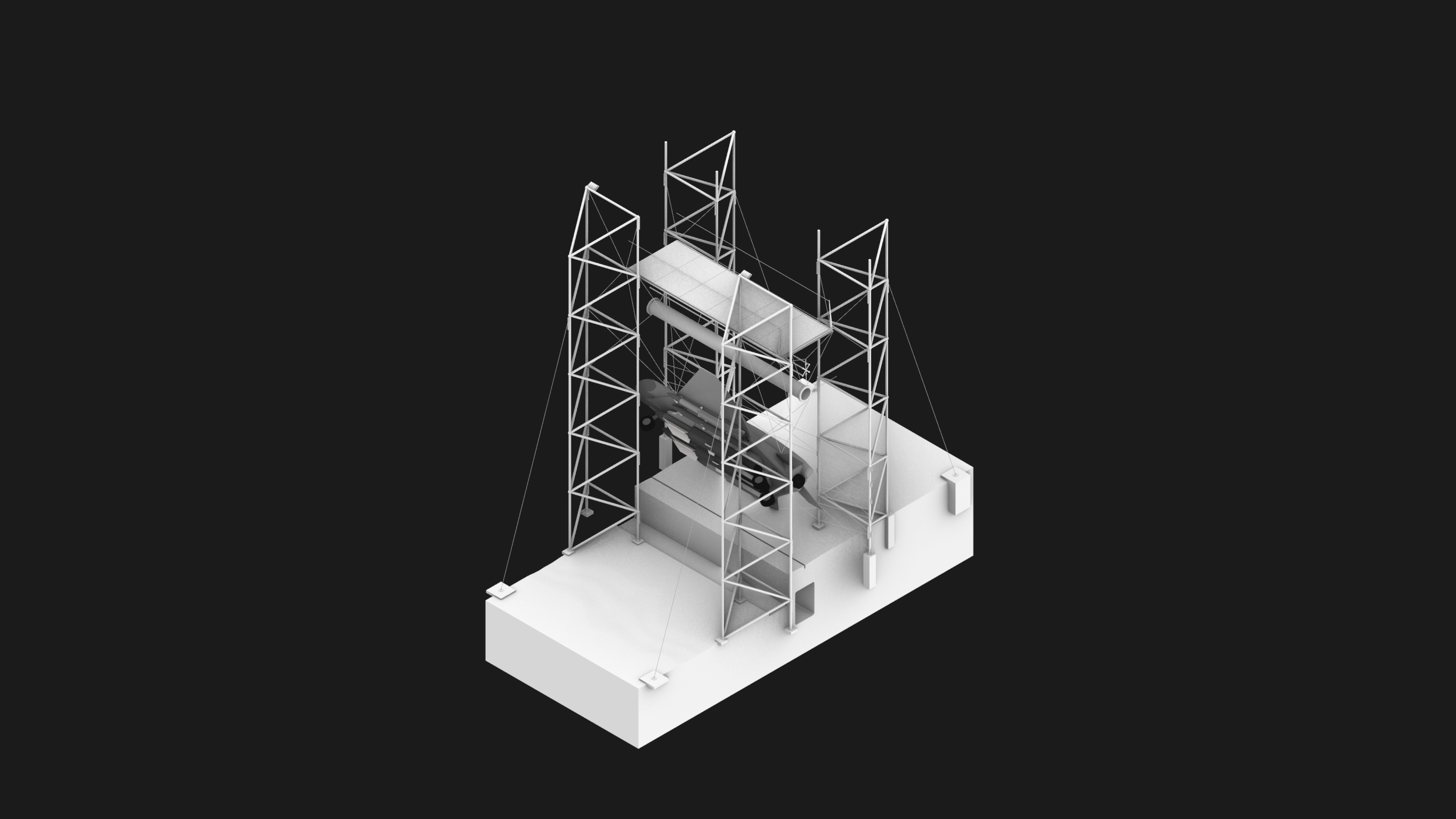Towards the Transformation of an Air Terminal Site
The vast area that has become available with the closure of Atatürk Havalimanı has turned into a void in the metropolis. Although it is deeply ingrained in the fabric of the city and its infrastructure, the area is completely closed off and inaccessible to the public. This raises the question: How can architecture transform enclosed urban areas and engender their transformation into public space?
Especially in Istanbul, where the number of enclosed areas has steadily increased, it is relevant to research how architecture can address enclosure. Specifically, the areas abandoned due to the departure and closure of an airport need to be considered because they are deeply integrated into the fabric of the city and its infrastructure. The transformation of the former Atatürk Havalimanı will explore the relationships between the city, the void, and its exclusionary perimeter.
The project aims to establish an approach to the transformation of existing infrastructure. It encompasses various disciplines within the faculty and, therefore, serves as an interesting exercise in transferability. With the practice of architecture becoming an increasingly interdisciplinary field, these types of projects offer valuable insights into the boundaries of the field and how methods traditionally associated with architecture can be applied on larger and smaller scales. The fence-like structure is based on design principles derived from my urban analysis, theoretical research, and the local conditions. Therefore, the design is specific to its site, but the methods discovered throughout the process and the conceptual approach are transferable. For instance, the research and subsequent design consider the thresholds between different identities as spaces with a certain depth. This approach can be valuable in enhancing spaces and reflecting on the spatial conditions that shape them.

















